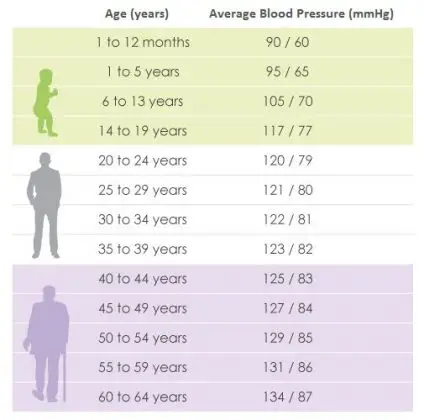


Systolic and diastolic blood pressures are recorded as “mm Hg” (millimeters of mercury).

Diastolic is the pressure on your arteries between heartbeats when your heart relaxes and fills with blood. Diastolic blood pressure is the lower number recorded on the bottom.Systolic is the pressure in your arteries when your heart contracts (or beats) and pumps blood. Systolic blood pressure is the higher number recorded on the top.Your blood pressure is highest when your heart contracts and lowest when it rests.īlood pressure is recorded as two numbers systolic and diastolic blood pressure. Have Normal Blood Pressure, But Live An Extraordinary Lifeīlood pressure is the force of blood pushing against your blood vessel walls when your heart pumps blood ( 1).What Are The Blood Pressure Guideline Changes?.What Are the Dangers of High Blood Pressure?.How Can You Bring Your Blood Pressure Down Quickly?.How To Lower Blood Pressure With Lifestyle Changes.What Are the Risk Factors of High Blood Pressure?.How Do You Feel When Your Blood Pressure Is High?.How To Get Accurate Blood Pressure Readings At Home.What Are the Types of High Blood Pressure?.Fourth Report on the Diagnosis, Evaluation, and Treatment of High Blood Pressure in Children and Adolescents. National High Blood Pressure Education Program Working Group.Evidence Based Physical Diagnosis, 3 rd Edition. Temperature measurement in paediatrics.” Canadian Paediatrics Society Position Statement. Fouzas S, Priftis KN, Anthracopoulos MB.Normal ranges of heart rate and respiratory rate in children from birth to 18 years: a systematic review of observational studies. Fleming S, Thompson M, Stevens R, Heneghan C, Pluddemann A, Maconochie I, Tarassenko L, Mant D.2015 Handbook of Emergency Cardiovascular Care for Healthcare Providers. Heart and Stroke Foundation of Canada.Peter Gill, a staff pediatrician at The Hospital for Sick Children in Toronto, Canada.Ĭlick on the image below for the full-screen PDF handout. Chris Novak, a pediatric resident at the University of Alberta, and Dr. This PedsCases Note provides a one-page infographic on Pediatric Vital Signs and covers the age-based variation in normal ranges for vital signs throughout the pediatric population.


 0 kommentar(er)
0 kommentar(er)
